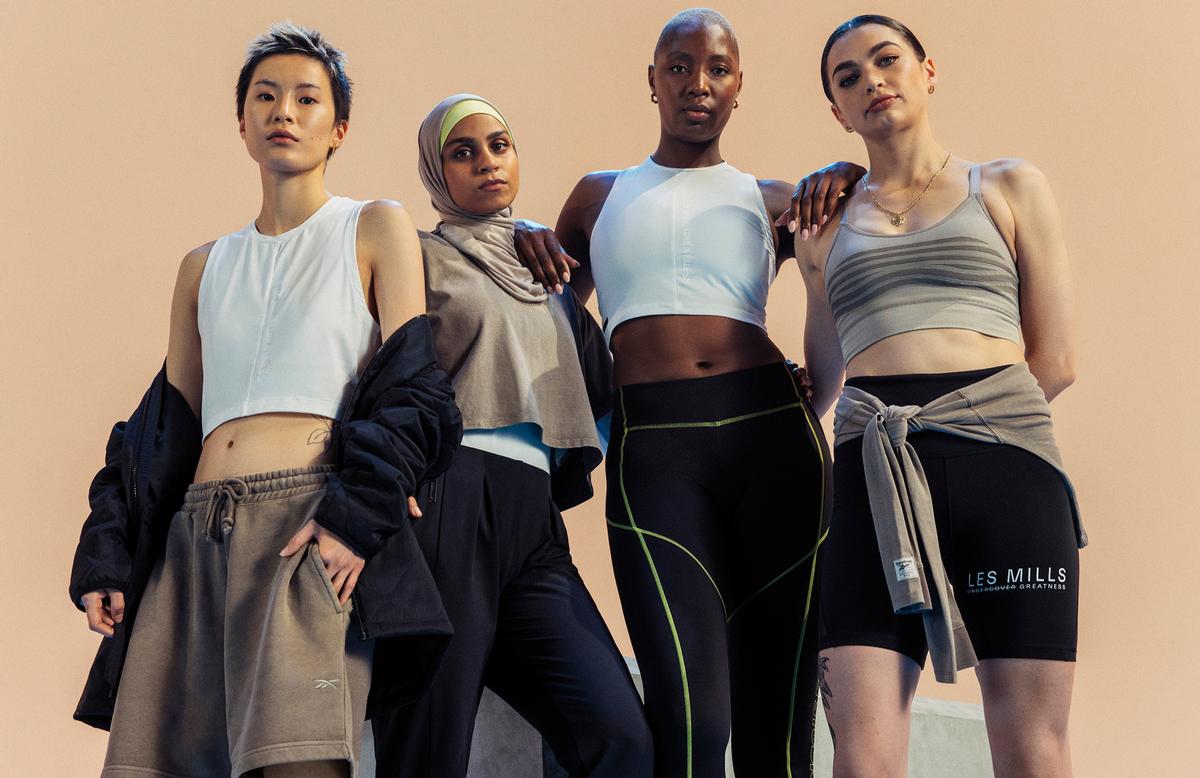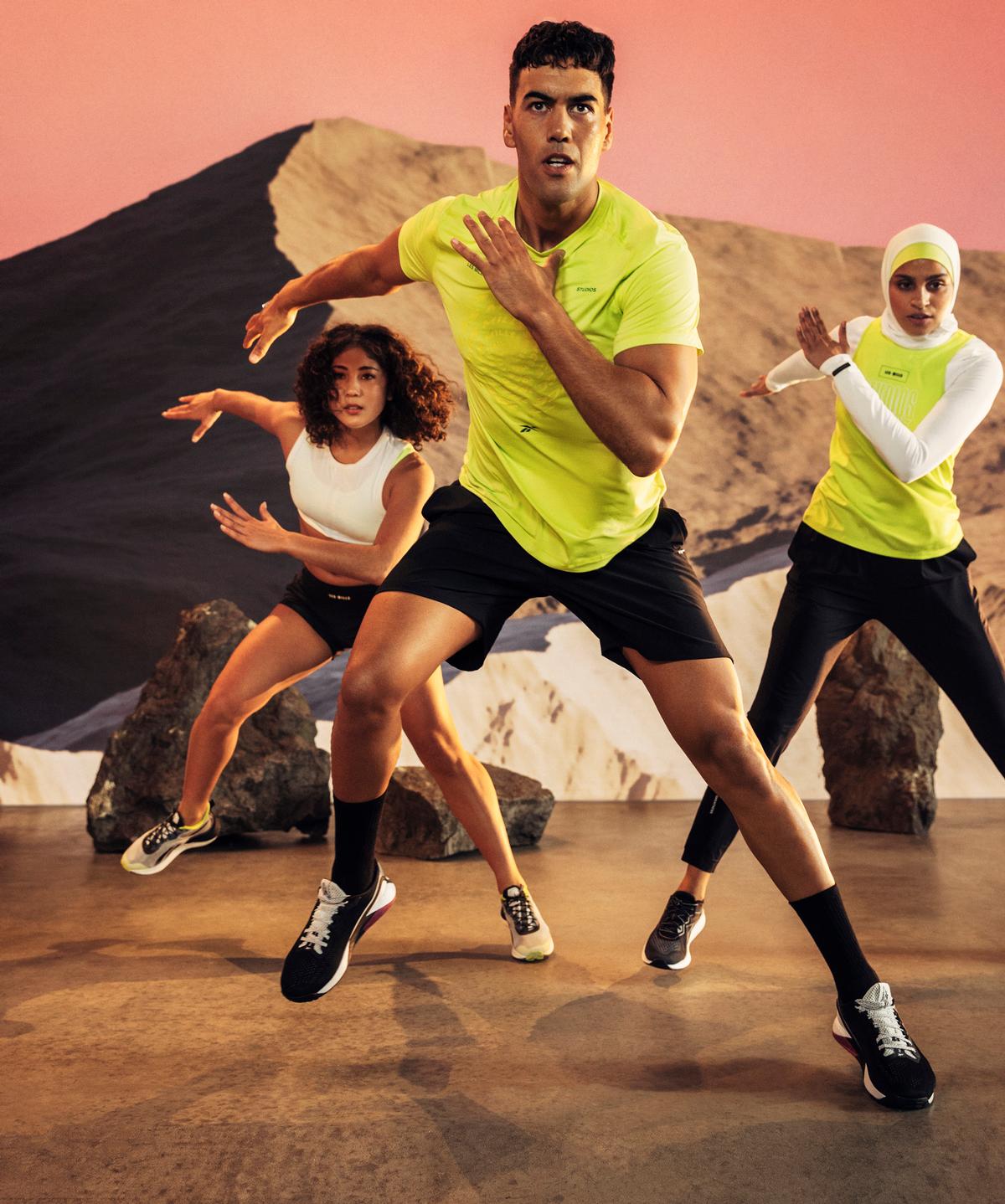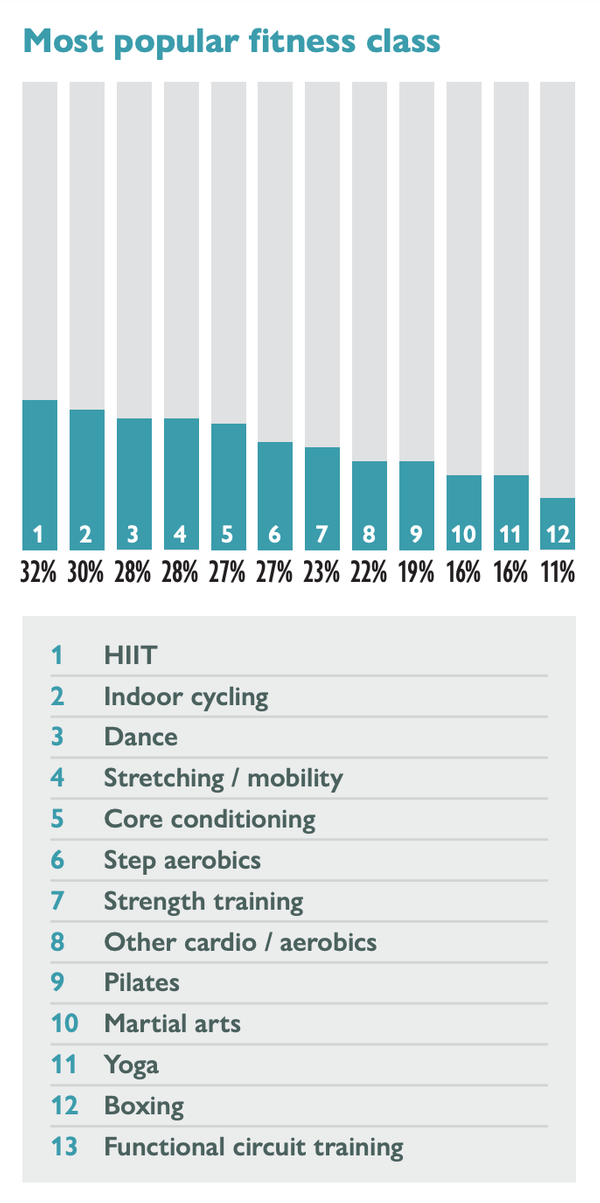The Les Mills 2021 Global Fitness Report explores how the pandemic has changed fitness habits and spotlights the trends that will shape workouts in the years to come.
The study reached consumers in the USA, Brazil, the UK, Germany, Norway, Sweden, Finland, Denmark, Saudi Arabia, the UAE, China, Japan, Russia, Australia and India.
It found gyms around the world are experiencing a ‘live revival’, with fitness fans eager to get back to working out with friends for motivation and social connection after months of solitary home workouts.
As well as the return of live workouts, the report explores how digital offerings are likely to evolve beyond the pandemic and what strategies fitness operators can deploy to provide the optimal mix between live and digital offerings to meet the increasingly sophisticated needs of members.
“As the fitness industry continues its rapid expansion, the margin between success and failure becomes ever finer,” notes Les Mills founder and executive director, Phillip Mills, in the report’s foreword.
“Against a backdrop of fierce competition and fast-changing trends, razor-sharp insight and excellent execution are the keys to stealing a march on your rivals.”
Below is a snapshot of seven key trends highlighted by the report.
More: www.HCMmag.com/LMGFR



























































